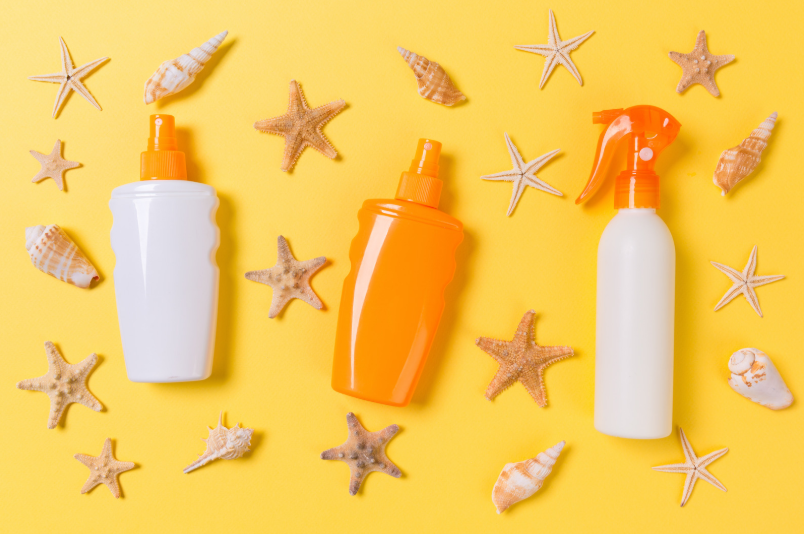Chemical vs. physical sunscreens: Differences and safety concerns
How do chemical-based sunscreens compare to physical sun “blocks”? What’s the difference? Are they safe for my skin and the environment?
These are some of the common questions people ask when it comes to sunscreen. Let’s answer some of them here, so you can be better informed about what you put on your skin and take an active approach to reducing your skin cancer risk.
Why do I need to wear sunscreen?
Sunscreen is an essential ingredient in the daily routine of all Australians. Sunscreen helps prevent sun damage to the skin, which results in premature ageing (like wrinkles, pigmentation, lines, and sagging) and skin cancer.
Exposure to the sun’s UV radiation is the leading cause of skin cancer and Australia has the highest skin cancer rate in the world, so taking precautions every day is vital for maintaining your skin health.

What is chemical sunscreen vs physical sunscreen?
There are two types of sunscreen: Chemical and physical. Chemical sunscreens absorb the sun’s UV radiation, convert it into heat, and release it from the body. The main active ingredients in chemical sunscreens are usually avobenzone, octinoxate and oxybenzone.
On the other hand, physical sunscreens (or sun blocks) create a physical barrier to deflect or scatter the UV radiation away from the skin. The main active ingredients in these types of sunscreens are usually titanium dioxide and zinc oxide.
Are the ingredients safe?
By not wearing sunscreen, you put yourself at greater risk of developing skin cancer, which can be lethal. However, some people worry that applying chemicals to their skin every day is damaging to their bodies or to the environment.
Some sunscreen ingredients (such as titanium, oxybenzone and octinoxate) can damage fragile coral reef systems and sometimes can’t be worn if you’re swimming in the water.
Zinc (the active ingredient in most physical sunscreens) is a mineral naturally found in the human body and is generally considered very safe to use in a daily sunscreen. Chemical sunscreens may be dangerous if consumed but no evidence proves they are damaging when applied to the skin. In fact, it is more dangerous to not apply sunscreen at all.
Which product should I choose?
Ultimately, it’s your own decision which sunscreen product you choose to wear every day. Ensure you choose a sunscreen that contains at least one of the active ingredients and provides broad-spectrum protection (blocking both UVA and UVB radiation).
You might like to find a non-greasy product that can be applied under makeup or worn all day without sweating off. Remember to cover any other exposed skin with a hat, sunglasses, and shade, and be on the look out for any new, changing or unusual moles.
- Tags:
- Risks
- sunscreen
- Prevention
